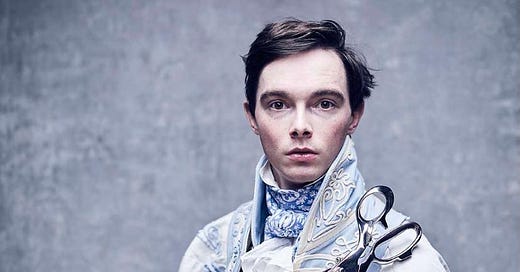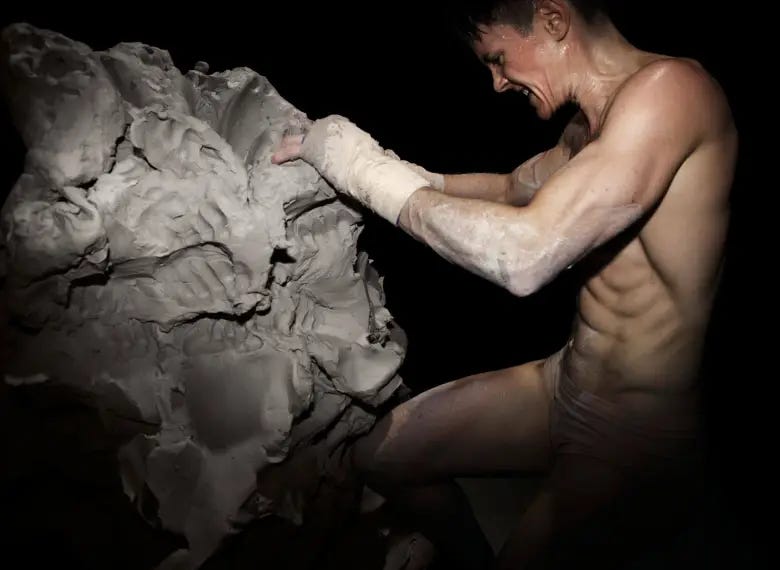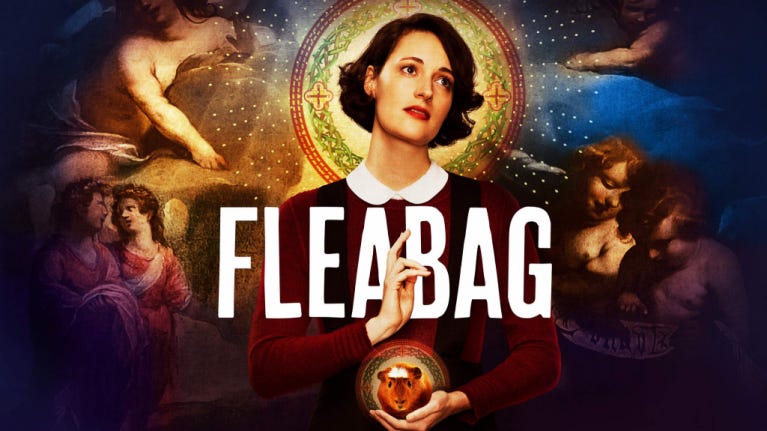the one who practices beauty culture, either for her own personal adornment or professionally for others, should be filled with the spirit of the artist; or, if such adaptation is impractical, giving her resolution to disobey the edicts of fashion and produce results in harmony with the laws of pure beauty.
— Beauty Culture, published in 1911
bernadette banner references this book extensively in her video essay on cosmetic surgery in the edwardian era. she describes her own skepticism that anyone sought surgery “frivolously” at a time when surgery was so underdeveloped— how could it be worth it, when the risk of pain and deadly infection was so high?
bernadette is one of my favorite youtubers, and a bit of a gender anomaly in her own way— she’s a sewist and clothing historian who goes through life styling herself like a lady from late 1800s britain. i don’t think her entire wardrobe is handmade, but many of her clothes are items she painstakingly tailored and hand-stitched herself. she’s also friends with zack pinsent, an adorable british tailor who dresses every day like a regency-era frenchman. it isn’t a “costume,” something he puts on only for special circumstances— this is just what he wears every day, down to his PJs and underwear.
pinsent is one of a few historical fashion lifestylers who talk about their clothes in a way that, to me, sounds similar to what trans people say about gender. they even sometimes call what they do “dressing up,” the same phrasing used by crossdressers for at least the last few decades. they value comfort, self-expression, and even politics— banner was only the first that i saw passionately criticize the fast fashion industry for “disposable” quality, petroleum-based fibers and plastic waste. the subculture is highly-invested in historical, sustainable techniques and materials, not just because they’re history nerds but because a hundred or more years ago, clothes had to be built to last. anything comfortable or well-fitted was too expensive for the average person to replace.
pinsent also happens to be gay, so it’s perhaps unsurprising that he seems to recognize that his style is a form of gender-transgression, too. he may not call what he does “drag,” but the fact that he wears regency-era menswear certainly didn’t stop a stranger from breaking his teeth in june of this year.1
in her video, banner speaks as a historian about the social forces that may have motivated the surgery-seekers of a century ago, and i wanted to give my own answer as an artist. why do people get cosmetic surgery, even when it’s risky or painful? why do people care about beauty standards, even when we know they’re culturally-manufactured?
humans have always made art, because it is our way of expressing meaning. we think of artists as privileged, here in this incredible sci-fi future— we treat art as a luxury that only the wealthy or frivolous have time for, but painting is older than agriculture, and sculpture is an order of magnitude older than either. our tools and methods for creating art have only gotten exponentially more sophisticated over time, but we have used our bodies for art for at least the last six thousand years. gender is only a more-recent development in our pursuit of beauty and meaning, and beauty standards are an expression of gender’s aspirations.
while i have reason to doubt that the author of Beauty Culture had very interesting ideas about what “the laws of pure beauty” might be, he’s right that each of us is an artist, and innovation has always been part of art’s pursuit. as banner puts it, “the diverse intricacies of the human form should be approached with the fluidity and creativity of art rather than the rigidity of formula.” femininity is most apparent as an art form— not because of any particular aesthetics, but because of feminism’s successful integration of femininity’s subversion into the broader concept of womanhood.
whether we mean to or not, we hear a lot of messages about what our gender ought to look like — sometimes literally, prescribing gender in terms of fashion, the shape of the body, or the gestural manner in which it carries itself. we also consider gender in more metaphysical terms: what virtues we should aspire to, how we relate to others, how we should comport ourselves socially and ethically— and the ideal wo/man of today is nothing if not self-aware.
i promise i’m not going to talk about barbie for more than a second, but: if she is an icon of contemporary femininity, it’s because of her claim to versatility. rather than saying this is what a modern woman is, she says i, being a modern woman, can be anything. whether barbie-the-brand lives up to barbie-the-idea is another question entirely, but her ethos, at least, is something we all seem to agree on: any kind of woman can find an angle by which to feel pride in her womanhood, even (especially!) if that pride comes from defying the version of womanhood she was long-told she ought to align with.
it’s not 1950 anymore, or even 1970 — the words spent outlining “traditional” femininity’s constraints have added up, and i think it’s fair to say that 2023’s culturally-ideal woman is in some way subversive, whatever that means. barbie, rosie the riveter and fleabag are all beloved (if not always aspirational) versions of womanhood contained within our culture. dolly parton laughed at her critics all the way to the bank, then turned around and funded forays into UBI, a foremother of today’s marxists of bimbotok. abby shapiro and her fellow tradwives claim that homemaking and obeying your husband are a righteous subversion of communist degeneration or gay contagion or whatever. dasha nekrasova is doggedly trying to bring “retard” back, and clearly some people love her at least enough to pay her to keep cranking out podcast episodes playing as the Hater-Queen of Leftist Edgelords. girlbosses, feminist killjoys, mean girls— all of these personae are infused with meaning and significance because of gender. trads, dashas, and fleabags of the male variety are a dime a dozen, nothing to get excited about.
if we follow that gender is a social construct made up of style, gesture, and relation, then femininity is womanhood — but so is masculinity, androgyny, indifference, ambivalence, remix and irony and camp, all of it. like any other art, gender contains interrelated references and relationships, context in its time and place and embodiment. it encompasses movements, which are simultaneously coherent and flexible, collective and personal. gender is a conversation, then, an endless lineage of reactions, attempts to build-upon or refute or transcend the voices of the past. it poses questions or answers them, knowing that the endeavor to do either will be ever-incomplete — but also that incompleteness is never a reason not to try and say something.
but most people do not set out to be artists, and most artists have to go out of their way to put their work in a gallery before they see it scrutinized by the public. the work of communicating ourselves is an obligation forced upon each of us as a result of tragic circumstances, such as having a body and sharing a social world with other people. we are all making art, all the time, sometimes unwillingly, often by accident, and others are always so incessantly looking at us and interpreting us. for whatever it’s worth, sartre didn’t much like it, either.
this conscription-into-artistry seems to fill trans people with glee and despair in equal measure. in the last ten years or so since i came out, i’ve watched a lot of other trans people discourse™ about gender in a way that strongly resonates with conversations about art: how do we communicate meaning through aesthetics? what might beauty look like that we haven’t thought of before? how do context and politics affect the way we perceive each other and express ourselves? what do we even want out of the art we are compelled to create?
so that’s what i’m here to talk about. welcome to the art of gender.
i’ve been trying to write about gender and feminism on and off for several years because i’m fascinated (obsessed?) with the trans culture i’ve come up in— the ways we use gender to create meaning, or how we try to embrace or flee from the meanings ascribed onto us by the broader culture around us, the way we fret about political ethics and purity of motivation, etc. recently, i’ve been thinking about trans identity as a form of artmaking, so i guess i’m going to write some essays about that. thank you for reading & please don’t be mean to me.
I thought this deserved a citation, but didn’t like the way a parenthesized content warning interrupted the flow of an already-weird essay. In the future, I might make a habit of using footnotes for content warnings this way. Caution: bloody photo. https://twitter.com/zackpinsent/status/1666783857503264771







Oh I am HERE for your Substack dude!! Yes!!